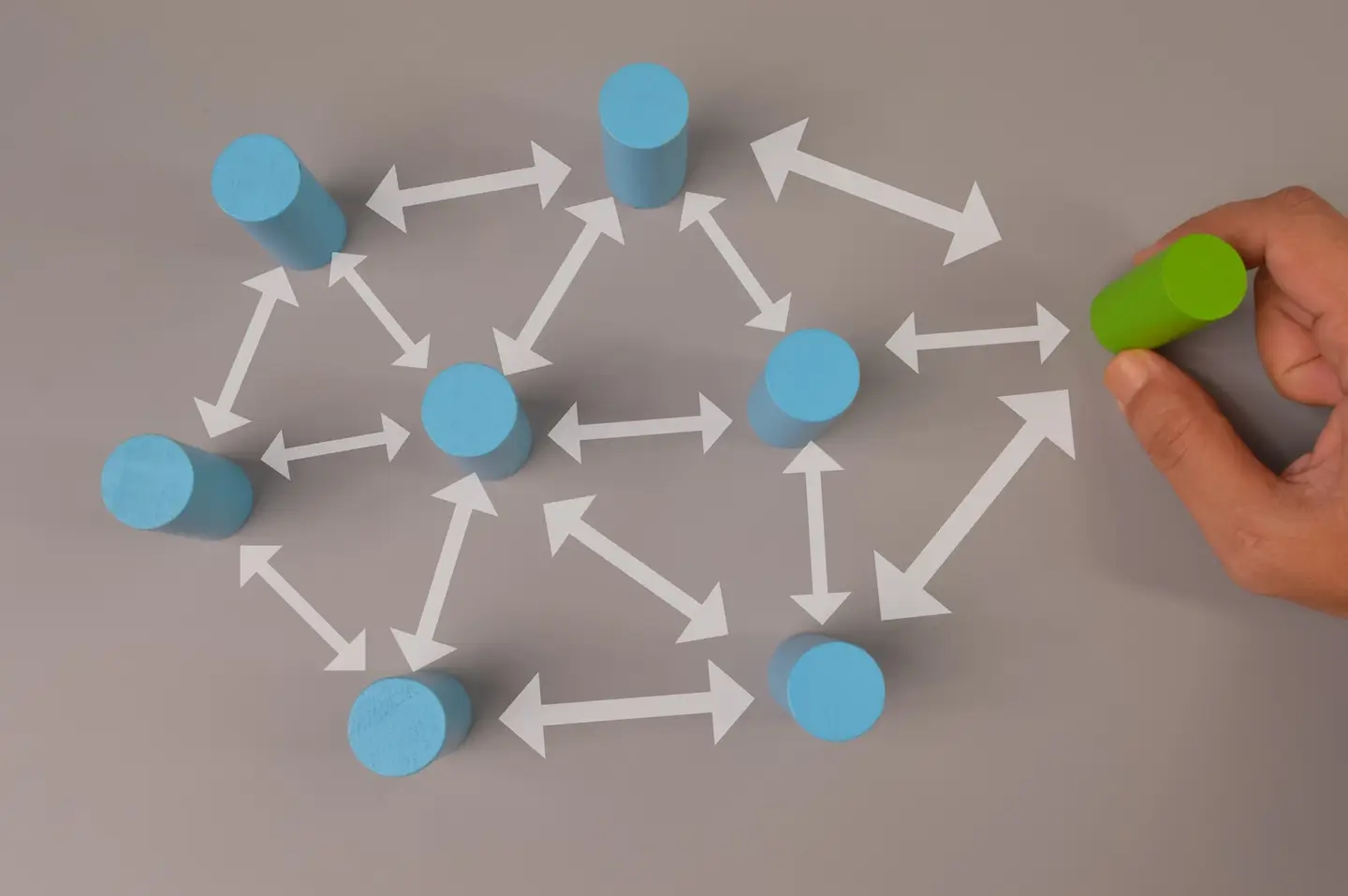Personalization in email marketing is not just a modern trend, but a fundamental digital marketing strategy that has proven its effectiveness over time. In a digital landscape where the average consumer is overwhelmed by generic sales messages, the personal touch makes all the difference. True personalization in email marketing is not just about inserting a customer’s name into a message, but is a nuanced strategy aimed at capturing customers’ attention and making them feel truly seen and valued by the brand.
Below, let’s dive into the “why” and “how” of incorporating personalization into your email marketing efforts to significantly improve customer engagement, drive sales and increase brand loyalty.
Why personalize email marketing?
Because personalization directly affects how your customers view and engage with your company, it is essential in email marketing. In fact, according to a study by Experian, personalized emails increase transaction rates by a factor of 6. Here are a few reasons why personalization should be a cornerstone of your email marketing strategy:
Increased commitment
Personalized emails capture the attention of recipients, compelling them to become more engaged by opening the email and clicking on links.
Increased customer loyalty
Customers feel appreciated when you use their names when talking to them, pay attention to their preferences and customize services to meet their needs. This improves customer loyalty and can lead to increased repeat business.
How to personalize email marketing?
Personalization in email marketing goes beyond using the customer’s first name. It involves using data to offer your customers a personalized experience. Here are some ways to achieve this:
Segment your audience:
Group your customers based on various criteria, such as buying behavior, location, interests, etc. This allows you to tailor your message to the specific group, leading to more effective communication.
Dynamic content:
Use dynamic content to change certain parts of the email based on the recipient’s data. For example, you can display different products or offers based on the recipient’s past purchases or browsing behavior.
Behaviorally triggered e-mails
Send emails based on actions taken by your customers. It could be a follow-up email after a purchase or a reminder if something has been left in the cart.
Personalizing email marketing takes time and effort, but the benefits far outweigh the investment. You can improve engagement, increase customer loyalty and ultimately increase sales by focusing on your customers’ unique requirements and interests. Remember that personalization is an ongoing process that requires periodic evaluation and adjustment.



